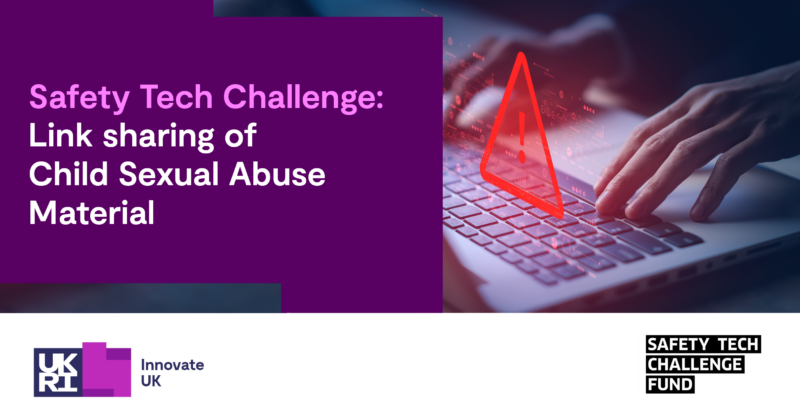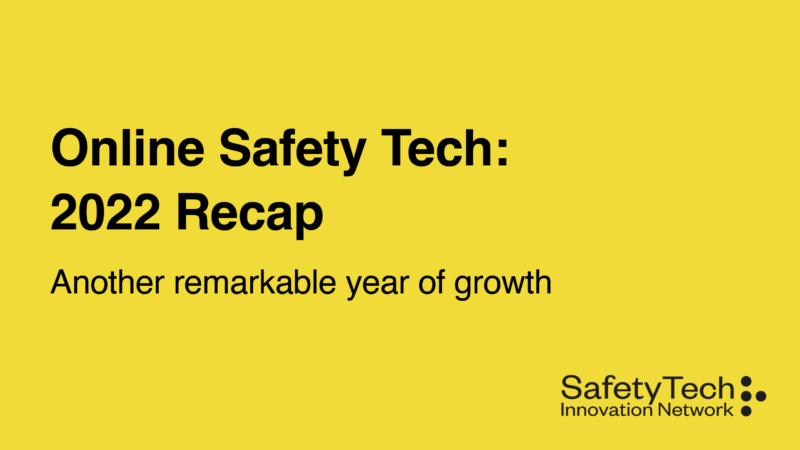Safety tech – how do we design for audience needs?
Our expert panel debate how we might deliver safer user experiences through better understanding the end-to-end experience of vulnerable user groups.
Digital teams frequently make use of human-centered design techniques to help them deliver more efficient and higher-quality products. But to what extent have these techniques have relevance to safety tech?
In this safety tech innovation challenge session, held on 19 November 2020, experts from Google, Parent Zone and the Snook web design agency came together to debate the issues and propose what solutions might look like.
Key points raised in expert presentations
Points raised in the expert presentations included the following:
‘Technology, lived experience and digital resilience – where are the gaps?’ [06:23] | Vicki Shotbolt – CEO Parent Zone
- Safety tech should be seen as a tool to enable ‘good enough parenting’ – rather than as a magic fix that is a substitute for parenting.
- We are now at Safety Tech 2.0. Safety Tech 1.0 was about blocking, stopping and preventing. (“How can we stop our children from seeing stuff they shouldn’t”?). But now we’re thinking about safety tech differently – as something that promotes pro-social behaviour online, and underpins opportunities.
- Safety and resilience go hand in hand. The UKCIS Digital Resilience Working Group have produced a framework built on 4 pillars, which could be applied to help safety tech go beyond a ‘block and stop’ model..
- Understanding whether you’re at risk online – do users understand functionality?
- Knowing how to get help – how can we use tech to help children report? The Ollee app for Children in Needhelps children order their thoughts so they can reach out for help.
- Learning from experience – how can tech help to pierce information bubbles and make sure that where negative experiences happen, we offer up a learning moment?
- Recovery – how can we help people who have had a problem online to recover, and get back into the digital world.
‘Safety by patterns – Defining the expert and how patterns could help build safer services’ [17:50] | Sarah Drummond – CEO Snook
- The challenge we are trying to address is how we as a society can shape an internet that is open and vibrant but also protects its users from harm.
- Who is the expert in user-centered design? The internet was founded on the construct that all users are equal. But all users are not equal – some are more vulnerable than others. Snook research into internet use shows that while young people are savvy about their online safety, they lack insight into the business models for social media – and in particular are susceptible to misinformation.
- Children view themselves as more ‘expert’ in online safety than their parents. There is a tension of designing solutions to protect the rights of people – what we think may be right for people may not be right for them.
- More work is needed on tools such as journey mapping, to help us break down the online and offline journeys of different user groups. Although there is a challenge of how we define the user.
- ‘Design patterns’ may be a solution. These are ways of describing the core of the solution that solves a problem, and which can be used over and over again. These have already been tried successfully in the mental health domain. A core challenge is how can we create a pattern library that will unite people in the field to consider safety by design.
‘A view from big tech – how we design for kids and families’ [30:38] | Almudena Lara – Child Safety Senior Manager, Google
- Google is in the business of designing products which are good for children and for parents. For example, Family Link allows parents and carers to set digital ground rules. When the app launched, the problem that Google wanted to solve was that more people were online at a younger age, and parents were concerned about them accessing inappropriate content.
- User research was critically important. Google needed to design a project that was helpful – and so engaged with 15k parents, kids, experts, and spent 104 hours of in-home observing. Iteration is critical.
- Core design challenges to consider include that:
- Not all families are the same and not all children are the same
- The needs of families and children evolve over time
- Parents’ and children’s needs are not the same – sometimes they can be in conflict. The idea of ‘parental controls’ is a concept that’s insufficient – a more useful way to frame the concept is ‘parental tools’ or ‘family tools’.


